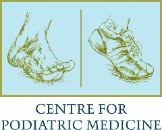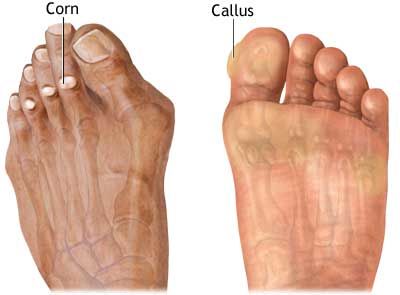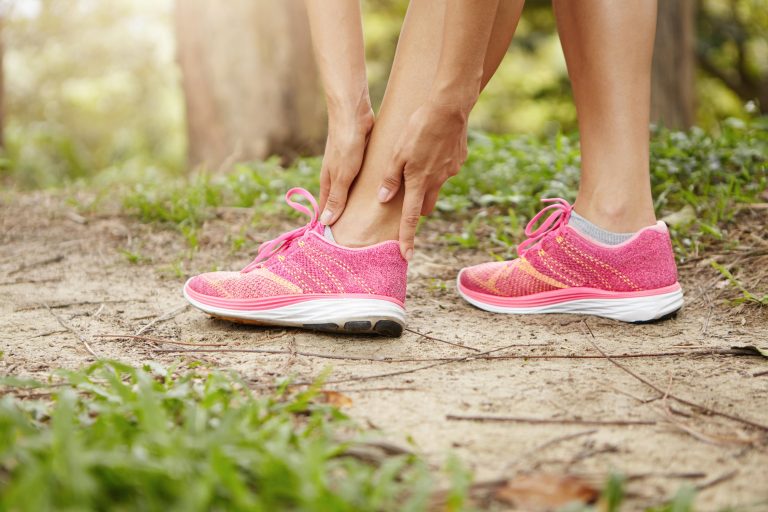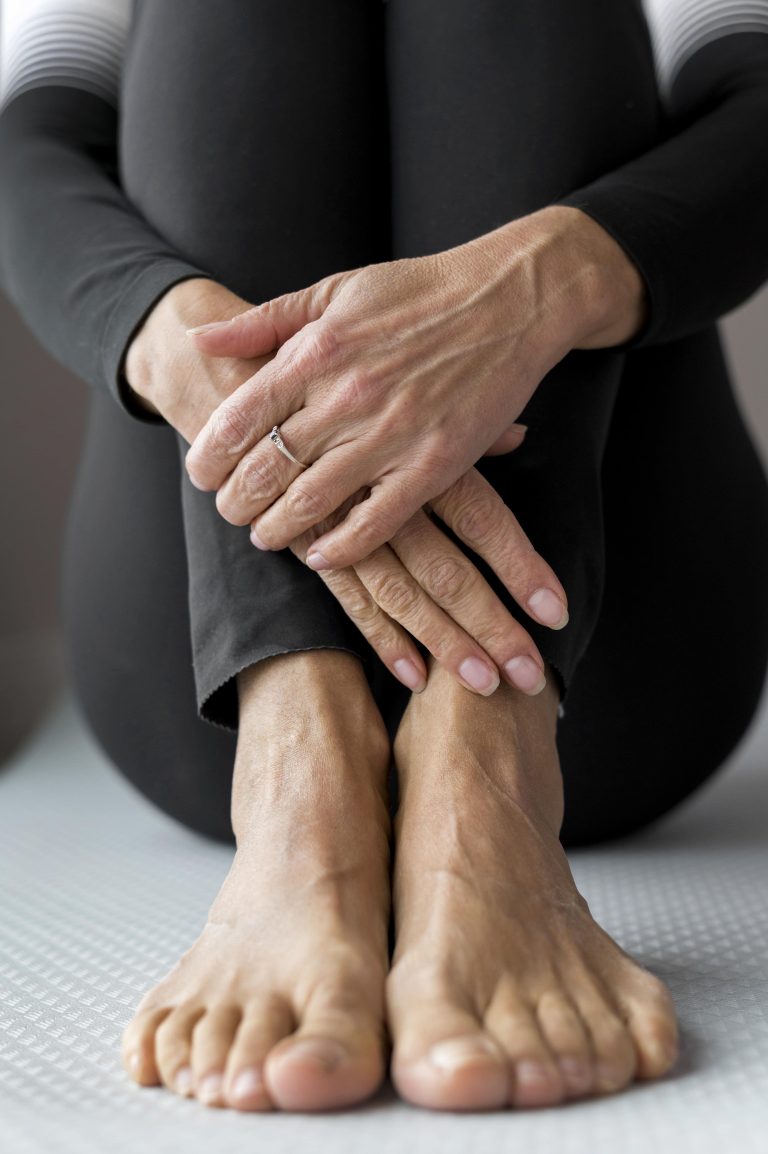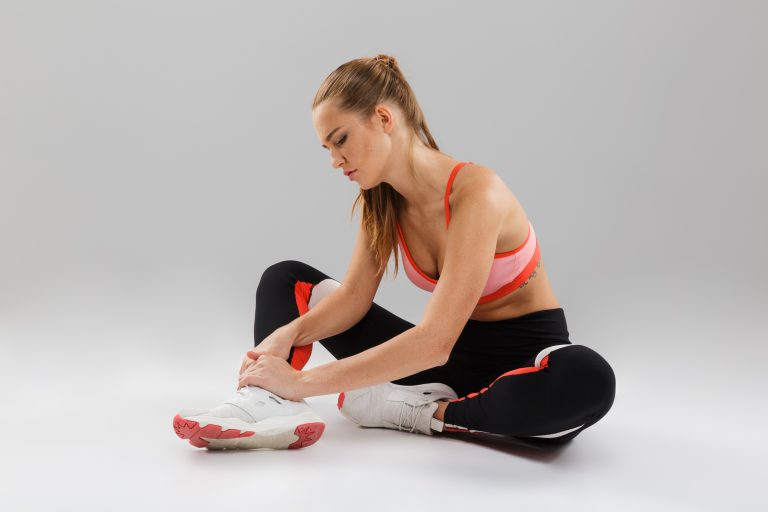Rehabilitation Techniques for Pediatric Foot and Ankle Injury Recovery
Pediatric foot and ankle injuries are common occurrences, especially among active children engaged in sports and physical activities. Proper rehabilitation is essential to ensure a full recovery and minimize the risk of long-term complications.
In this blog post, we will discuss various rehabilitation techniques that can be employed to aid in the recovery of foot and ankle injuries in children.
By understanding these techniques, parents, caregivers, and healthcare professionals can work together to support the healing process and promote optimal outcomes.
Initial Assessment and Treatment
The first step in the rehabilitation process is a thorough assessment by a healthcare professional. They will evaluate the nature and extent of the foot or ankle injury, potentially using diagnostic imaging such as X-rays or MRIs. Based on the assessment, they will initiate appropriate initial treatment measures, which may include immobilization with a cast, brace, or splint, as well as pain management strategies. The goal is to protect the injured area and reduce inflammation.
Rest and Protection
Rest is crucial for healing, especially during the initial stages of recovery. Limiting weight-bearing activities and providing adequate protection to the injured foot or ankle can prevent further damage and promote healing. Crutches, walkers, or boots may be recommended to offload weight and provide stability during this phase. Following the healthcare professional’s instructions on weight-bearing limitations and the proper use of assistive devices is crucial for a successful recovery.
Physical Therapy Exercises
Once the initial healing phase has passed, physical therapy plays a vital role in restoring function, strength, and mobility to the injured foot or ankle. A physical therapist will design a personalized exercise program that includes a combination of stretching, strengthening, and range-of-motion exercises. These exercises may focus on specific muscle groups, balance, coordination, and proprioception.
Range of Motion and Flexibility
Rehabilitation should include exercises that target the restoration of range of motion and flexibility in the foot and ankle joints. This may involve gentle stretches, ankle rotations, and mobility exercises to improve flexibility and prevent joint stiffness. Physical therapists guide and monitor these exercises to ensure proper technique and gradual progression. They may also use manual therapy techniques, such as joint mobilizations or soft tissue mobilization, to enhance range of motion.
Strengthening Exercises
Strengthening exercises are essential to rebuild muscle strength and support the injured foot or ankle. These exercises may involve resistance training using resistance bands, ankle weights, or weight machines. Physical therapists will guide children through exercises that target the specific muscles around the foot and ankle, such as the calf muscles, anterior tibialis, and intrinsic foot muscles. Gradually increasing resistance and difficulty level helps promote muscle strength and stability.
Proprioception and Balance Training
Injury to the foot or ankle can disrupt proprioception—the body’s sense of joint position and movement—which is crucial for stability and balance. Physical therapists incorporate exercises that challenge balance and proprioceptive control, such as single-leg balance exercises, wobble board exercises, or proprioception-specific drills. These activities help retrain the neuromuscular system and enhance coordination. Through progressively challenging exercises, children can regain their balance and stability, reducing the risk of reinjury.
Functional Training
Functional training aims to restore the child’s ability to perform daily activities, sports-specific movements, and movements required for their desired activities. This stage of rehabilitation may involve exercises that simulate real-life movements, such as walking, running, jumping, or cutting maneuvers. The intensity and complexity of the exercises progress gradually under the guidance of a physical therapist. By incorporating functional movements, children can regain their functional abilities and confidence in their foot and ankle.
Gradual Return to Activity
As the child’s strength, flexibility, and functional abilities improve, a phased return to activity is initiated. This process involves gradually reintroducing sports-specific movements and gradually increasing the intensity and duration of physical activity. It is crucial to closely monitor the child’s response and ensure that they can handle the demands of their chosen activity without pain or increased risk of reinjury. The healthcare professional and physical therapist will provide guidelines and modify the plan as necessary to facilitate a safe and successful return to activity.
Conclusion
Rehabilitation is a critical component of pediatric foot and ankle injury recovery. By following a comprehensive rehabilitation program that includes initial assessment and treatment, rest and protection, physical therapy exercises, range of motion and flexibility exercises, strengthening exercises, proprioception and balance training, functional training, and a gradual return to activity, children can recover successfully and regain their pre-injury level of function.
Collaboration between parents, caregivers, and healthcare professionals is essential to ensure a safe and effective rehabilitation process. By providing support, guidance, and consistent adherence to the rehabilitation program, children can achieve optimal outcomes and resume their active lifestyles with confidence and reduced risk of future injuries.
Want to learn more? Visit the Centre for Podiatric Medicine today!
